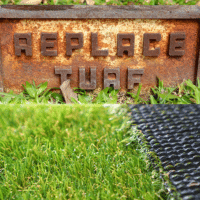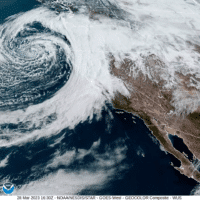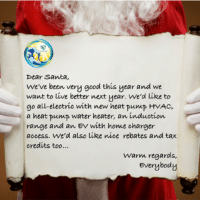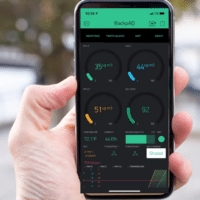By Bruce Naegel October 2019
On Friday October 4, Greenaction and YUCA (Youth United for Community Action) provided an Air Quality and Traffic forum for East Palo Alto. This forum enabled residents to hear about and comment on East Palo Alto Air Quality and Traffic. The two groups described previous measurements that need to be repeated. East Palo Alto needs a new baseline. With a new baseline, one can measure before and after policy changes. One can then determine the level of benefits from new policies.
The gathered residents voiced their concerns about Air Quality and Traffic.
They had specific recommendations for changes.
The forum also reported on work being done by SSV (Sustainable Silicon Valley) to measure Air Quality as related to traffic. SSV is completing a pilot study this month with 3 measurement sites near University Avenue in East Palo Alto. This is under the Smart TA program.
Overall Air Quality Concerns
Air quality is a major factor causing respiratory disease. East Palo Alto has a rate of asthma that is 2 to 4 x the rate for surrounding communities. This is based on Cal Enviroscreen, the California standard measurement for environmental factors across census tracts.
More extensive measurements were done in East Palo 12 to 15 years ago. East Palo Alto needs a new set of measurements to set a baseline.
Overall Traffic Concerns
Eighty percent (80%) of the traffic through East Palo Alto does not start or end in East Palo Alto. This “cut through” traffic is causing traffic congestion on University Avenue and other streets like Clarke and Pulgas. People living in the more affordable East Bay are commuting to work in cities in Santa Clara County. Traffic continues to increase as the population increases.
The people speak on Air Quality and Traffic
Trees and Buildings:
Trees were viewed as part of the solution, especially vintage trees .Trees over 41 inches in diameter and 50 years or more in age are of concern.
One point was that new office buildings should have enough trees. Google just purchased land in Gilroy to plant trees ONLY (no buildings) . This may be a good model for others companies.
Electric Mass Transit to improve Air Quality
One resident talked about the need for a reliable mass transit system powered by electricity or some other form of carbon free power (no diesel fumes). To be effective, these new transit options will be regular (every 15 minutes), and reliable (not ½ hour late). The routes should cover where people want to go, including neighboring cities.
Staggered work hours to address traffic and Air Quality
Traffic peaks in the morning and evening. The evening commute is more spread out, minimizing traffic. Staggering traffic may improve Air Quality.
Traffic and Air Quality at 23 construction sites
One resident talked about this number of sites and what it does for parking around the city. East Palo Alto has very limited parking. This will make it worse. One proposal is to put a large (8000 vehicle) parking facility on Bay Road. An 8000-car parking lot needs to be well managed to not cause more
traffic and air quality problems.
SSV Air Quality and traffic measurements Ex-NASA expert.
NASA-Ames does work on air quality, on both particles and gases.
Anthony Strawa worked for NASA-Ames for 35 years. His specialty is air particle and gas studies for environmental health. He has also been working on environmental justice with his church.
Dr. Strawa described the measurements and techniques of the SmartTA
(Traffic Analytics) project. This SSV project measures both air quality and traffic to determine the level of correlation between the two. This project started measurements in the beginning of June and will complete Pilot run at the end of October.
Equipmnent to Measure Air Quality
There are 3 measurement stations. One is on the roof of a portable classroom at St. Francis of Assisi Church . A second one is on top of the firehouse. The third one is on the roof of the YMCA. All three have wireless phone connection to the web and particle sensors . Two of them also have gas sensors. One has wind speed and direction sensors.
The particle sensors measure particles 2.5M or (2.5 microns) or smaller. A 2.5 micron particle is small enough to get into the alveoli of our lungs. Block breathing and even get into the bloodstream.
The four gases measured are Carbon Monoxide (CO), Sulfur Dioxide, Ozone (O3 ) and Nitrogen Dioxide (N02). Carbon Monoxide causes loss of consciousness and can lead to death. The other three create breathing difficulties. They are all of concern in toxic levels.
Next Steps Leadership Academy

The Leadership Academy has a commitment for 200 hours of community service providing outreach on addressing Air Quality, Traffic and describing Smart TA. The plan is to hold 8 more forums, in organizations like churches and other civic organizations.
Nexgt Steps Smart TA Program
The Smart TA program provided preliminary results on the combination of traffic and air quality. There is a visible correlation between the two curves. More work needs to be done to understand the data. SSV has submitted a request for funding to CARB (California Air Resources Board).
If the grant is funded, the work can be extended.





